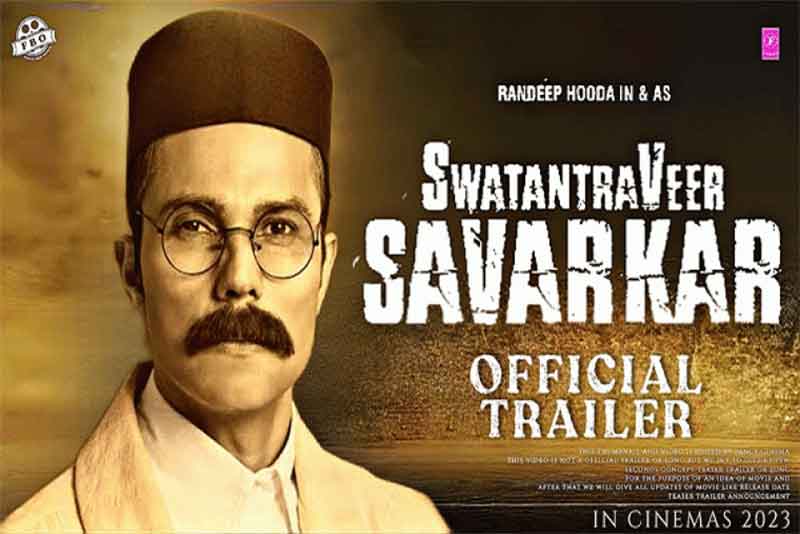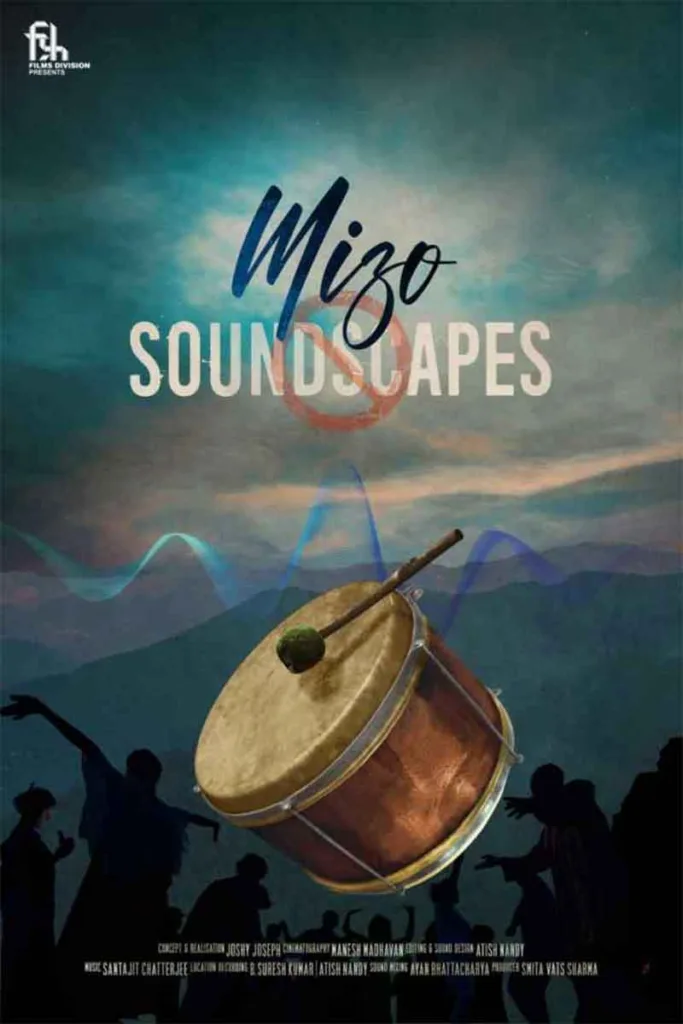
This year in January we commemorated the centenary of Charlie Chaplin’s1st motion film ‘The Kid.’ No doubt such a film would be outdated today, in the days of high tech,artificial intelligence, mechanisation or automation. However it still has significance when the forces of globalization are tightening their noose in every sphere of life and putting a stranglehold on all democratic culture. The film in many ways symbolized the oppression or alienation in capitalist society. Portraying the tramp in such a manner did justice to the morality of a common man and betrayed the tradition that blood is thicket than water. It illustrated how the spirit of love blossoms amongst the gravest situations. In many ways it was an autobiographical projection of the early life of Charlie Chaplin. Chaplin took artistic creativity to surreal regions., in the manner he dissected the scenes and galvanised the plot. Above all it was a silent movie, taking directorial art and sensitivity to surreal proportions. In a most subtle manner it projects the twist and turns in the fortunes of characters or the manner they resurrect from the grave and the contention between the forces of good and evil.
The direction of the film and the acting has touches of genius. Most artistically the evolution of love is projected .The scenes of Chaplin taking care of the Kid rank amongst the most heart touching in film history. The superficiality of the patriarchical values of society are reflected .With a most subtle touch an audience is conveyed the hypocrisy of traditional society and the progressive aspect of humanity. The dogged battle Chaplin as the tramp wages to save the child and make him a permanent place in his life, is a manifestation of the very spirit of the oppressed classes. It makes one visualize Chaplin’s childhood in the Orphanage, in which he may have dreamt of being adopted and loved. I gauge Chaplin wished to project how environment shaped the life of a child, who could be far more liberated, breaking the shackles of traditional family shelter or protection. He also perhaps wished to convey the injustice unleashed on the common people, when in the end he has to forfeit possession of a child he nurtured. Chaplin may have expressed his rage over the traditional morals of bourgeois society that spiritually bonded upper class children. The image of a poor tramp is made to bask in moral glory; in the manner he dodges the police and his rivals. Somehow it is confusing to analyse the concluding part of the film when Chaplin comes to the original house of the kid and meets the mother. Both seem reconciled, suggesting triumph of the good.
An unmarried mother leaves a charity hospital with her newborn son; a short scene shows that the baby’s apparent artist father has lost interest in her. With much anguish the Mother abandons the child, placing him in an expensive automobile with the handwritten note, “Please love and care for this orphan child”. Two thieves steal the car and leave the baby in an alley, where he is found by The Tramp. After some attempts to hand the child on to various passers-by, he finds the note and his heart melts. He takes the boy home, names him John and adjusts his household furniture for him. Meanwhile, the Mother has a change of heart and returns for her baby but she learns that the car has been stolen and faint.
The manner in which the tramp adopts the kid evokes the heart in it’s very core Unforgettable scenes of the child cooking or engaging in a cockfight with a rival kid .The mannerism of the kid would be in total contrast to what they would have been under the care of his mother. The Kid and the Tramp live in the same tiny room; they have little money but much love. They support themselves in a minor scheme: the Kid throws stones to break windows so that the Tramp, working as a glazier, can earn money repairing them. Also most touching to witness the despair on the face of the kid when snatched from the tramp in the orphanage or even earlier and the relentless spirit of the tramp in keeping the kid with him. The dream scene is also one that touches your soul where Chaplin makes the perfect contrast between evil forces with the good ones.
What is most touching is the turn of events that make a mother abandon her child and a tramp adopt him. The inherent evils of an oppressive society brought out the very best character in tramp. No movie could better portray how environment was a determinant in turning people’s fortunes or economic circumstances. The contrast of anguish and despair with hope and joy on the faces of the Tramp, the Kid and the mother touch the core of your soul.
What is most impressive is how this film immersed with pathos is whitewashed of pure sentimentality or melodrama and it projects how misery is the breeding ground for the highest depths of sensitivity. The film scenes most illustratively portray the reality of England 100 years ago.
The Kid is an autobiographical portrayal of Chaplin. Chaplin felt the need to be constantly with his mother, with sheer despair when he had to leave her. Charlie Chaplin and the lost child are sharing their adoption. As every sensitive and emotional men, Chaplin loved children, but they terrified him. In the stage of separation with the kid, Chaplin resurrected memories of his own childhood scaling the intensity of a thunderstorm. The tramp’s tussle with the doctor when he discovers the Kid is not the real child of his is a reflection of contention between good and evil and the hypocrisy prevailing in society. It is poignant how economic prosperity through earnings as an actress gave a new life to the mother, which was reflected in how she accepted the kid
Quoting The Philosophy blog
“The Kid is his sincere pathos. This movie could make turn into exaggerated sentimentality, but Chaplin does not fall into this easy trap.”
“Thus we can assume that the kid is Chaplin himself as a child and that adoption symbolizes unconscious from beyond Chaplin adult retrospective desire to have a father, the father he hardly knew.”
. “The epic struggle begun with the policeman, with the beefy neighborhood, with employees on public assistance, brimming with compassion and emotion. The intimate scenes of life in the barracks, subterfuge employed by Charley at the night shelter, everything would be to quote – and still dreams that completes the movie about a magical ballet. The end of the film is a true poem of love and tenderness where the feelings are sharpened, strengthened by the misery and misfortune.”
It is very hard to visualize how remake of such a film could be made today or even 50 years ago. However It would be great if film makers took on the challenge, with alienation reaching a crescendo. In some ways the film ‘Kuwara Baap’ enacted by Mehmood re-told this story, in context of polio. Today the plight of street children in third world countries are still similar to that in London over 100 years ago, when ‘The Kid ‘ was made.
In later films Chaplin portrayed evil like in ‘Modern Times’ and in ‘The Great Dictator. ‘In Modern Times he most classically portrayed how the capitalist factory system alienated the working class and ho w the machinery enslaved it. Chaplin’s sheer genius as an actor and director made the movie, an equivalent of a monument, adding doses of humour. The scenes when he is eating when working at a machine portrayed the poverty of the working class.
In the ‘Great Dictator’ he symbolized the menace of fascism and projected how machinery and science could be deployed for the service of humanity. He inspired an audience to take spirit of humanism to the very core of the soul.Noone could better differentiate a fascist character from a truly liberal one.
Although he denied being a Marxist, his works had powerful Socialist undertones. Often Chaplin supported war rallies supporting Russia, which symbolised his sympathies towards the left. He was also forced to extradite America after the witch hunt of Communists in the MacArthur.trials.
No film artist ever could fuse humour in tales of pathos like Chaplin, or so creatively project a tramp. He simply wrote a new epoch in history of art. taking creativity to mythical regions. Films like ‘Limelight’ ‘Gold Rush ‘ and ‘The Circus’ too elevated creative energy to the sky.Noone was better master of galvanizing a plot together.
No doubt he was very complex person in his real life, being part of numerous love affairs and displayed very temperamental behaviour. Few could be more whimsical as Chaplin .It is possible that in his later life he endorsed the Capitalist system when he lived in Switzerland, feeling that Marxism or Socialism gave scant respect to an individual, or represented crass materialism. Movies like ‘Monsieur Verdoux’ or ‘Countess in Hongkong’ had capitalistic overtones.
No doubt Chaplin’s artistic forms could be used to develop people’s art and his best films would have a permanent place in the museum of Progressive or Socialist cinema. I can’t forget how Russians and Chinese adored Chaplin’s movies, even if they were devoid of Marxist political content. It is a matter of great regret that Marx or Lenin never saw a Chaplin movie or ever met Chaplin. Perhaps the Chaplin image was more adored in the Socialist countries than the Western capitalist democracies.
Harsh Thakor is a freelance journalist who has travelled around India and written on blogs like ‘Democracy ad Class Struggle’, ‘Ottos War Room’ and ‘Frontier Weekly.’ Mainly written on politics of mass line in Communist Movement, Maoism, peasant struggles but also on blogs on Cricket and films.
Email- [email protected]

















































